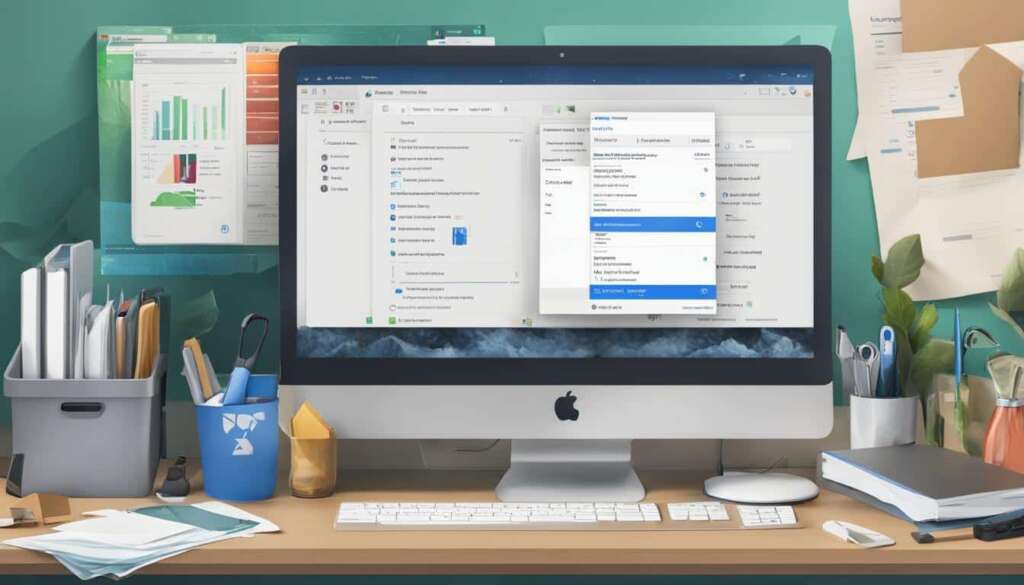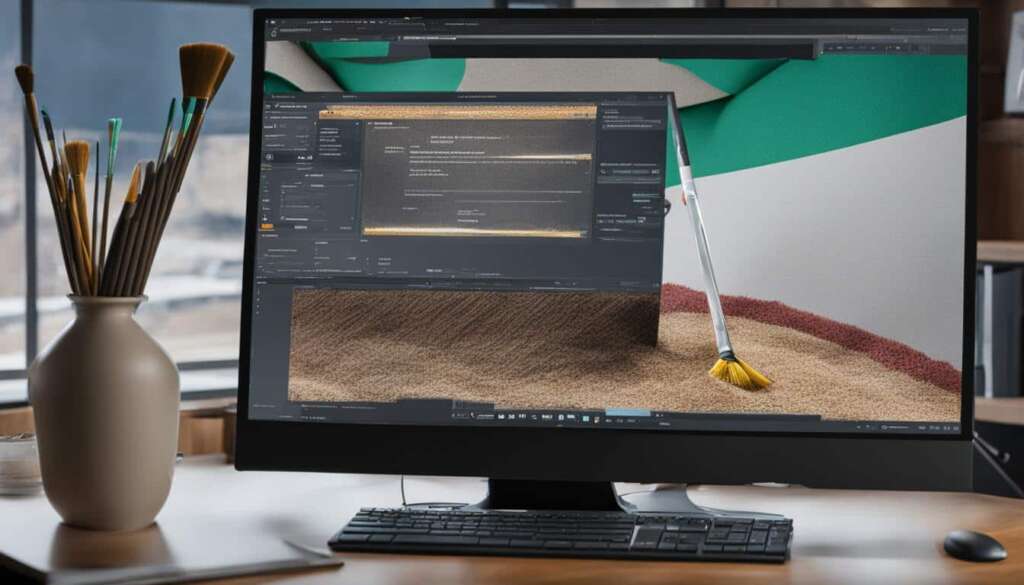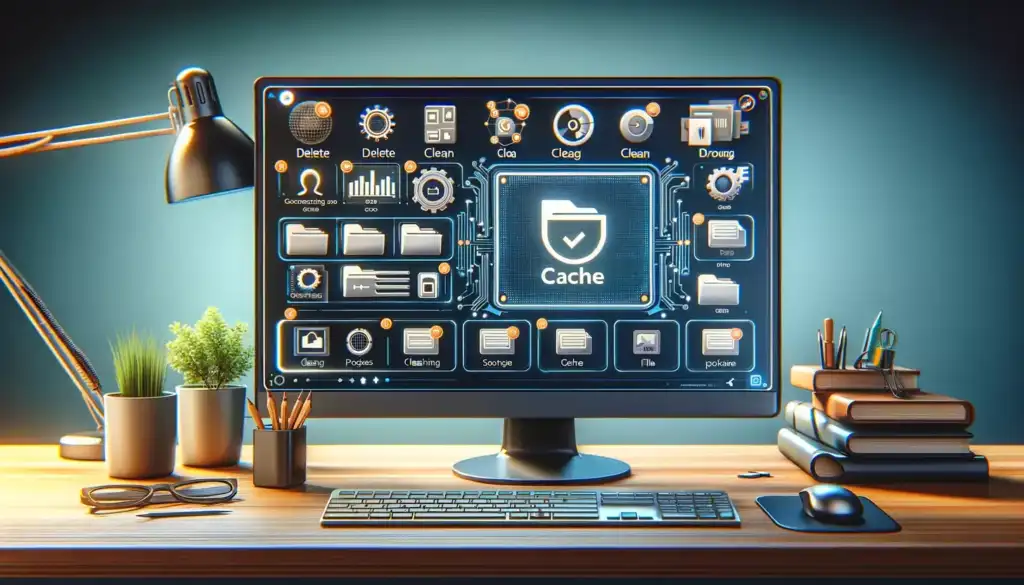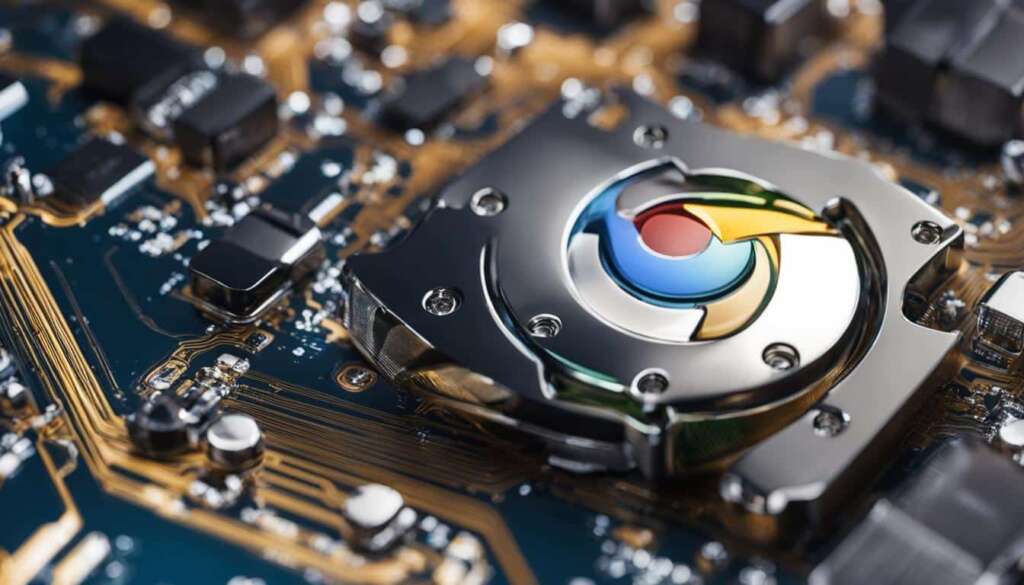Table of Contents
If your PC is running out of storage space, don’t worry! Freeing up disk space on your PC is easier than you think. In this guide, we’ll walk you through some simple steps to help you clear disk space and optimize your computer’s performance.
Windows 8.1 offers a convenient option to free up disk space. By accessing the PC settings and selecting the Disk space feature, you can easily view the amount of free space available and the total size of the disk. Taking a look at the size of Windows Store apps and uninstalling the ones you no longer need can quickly clear some space. Additionally, don’t forget to empty the Recycle Bin to permanently remove unnecessary files.
Another method to free up disk space is by using the Disk Cleanup tool in Windows. This powerful tool can be accessed through the Start menu, allowing you to select the drive you want to clean up. Disk Cleanup provides options to delete various file types, including previous Windows installations. You can also uninstall unnecessary desktop apps through the Programs and Features section in Control Panel.
Store apps can be uninstalled easily through the PC settings menu. Simply access the App sizes feature to see how much space each app is taking up and select the ones you want to uninstall.
If you have files that you want to keep but don’t necessarily need on your PC, consider saving them to removable media such as external drives, USB drives, DVDs, or utilizing cloud storage solutions.
Searching for large files that can be deleted is another effective method. You can utilize the search function in File Explorer by using size-specific keywords, such as “size:huge.” This way, you can easily locate and delete the largest files. However, exercise caution when deleting files from the WinSxS folder, as it could potentially damage the system.
Are you ready to free up disk space on your PC? Let’s dive into the details!
Windows Storage Sense and Uninstalling Programs
Windows 10 and 11 have a feature called Windows Storage Sense that helps manage disk space on a computer. It can be set to run automatically or manually, and it displays the types of files taking up storage and suggests ways to free up space. To use Storage Sense on demand, users can go to the PC settings menu, select System, and then choose Storage. By clicking on “Configure Storage sense or run it now,” users can customize the preferences for deleting temporary files, files in the Recycle Bin, and files in the Downloads folder.
Uninstalling programs that are no longer needed is another effective way to free up disk space. In Windows 10, users can go to the Apps & features section in the Settings menu, sort the list of programs by size, and uninstall the ones they no longer use. In Windows 11, users can go to the Install apps section and uninstall programs using the three-dot icon.
Removing duplicate files can also help free up disk space. While Windows does not provide an easy way to find and remove duplicate files, third-party software like Duplicate Sweeper can be used. This software scans the computer for files with the same content and allows users to select and delete duplicates.
By utilizing Windows Storage Sense and uninstalling unnecessary programs, users can significantly increase their available disk space, improving the performance and efficiency of their computers.
| Methods | Description |
|---|---|
| Windows Storage Sense | A built-in feature in Windows 10 and 11 that helps manage disk space by deleting unnecessary files. |
| Uninstalling Programs | Removing programs that are no longer needed to free up disk space. |
| Third-Party Software | Using tools like Duplicate Sweeper to scan and remove duplicate files. |
Deleting Large Files and Disk Cleanup
Deleting large, unnecessary files is a quick and effective way to free up disk space on your PC. To identify these space-hogging files, you can use the search function in File Explorer. Simply enter “size:” followed by the desired file size to filter out the large files. Once identified, you can delete them to reclaim valuable storage.
Another handy tool for clearing disk space is the Disk Cleanup tool in Windows. Accessible through the Start menu, this tool allows you to remove temporary files, system files, and previous Windows installations. You can select specific file types to delete, providing a significant boost in available disk space.
Temporary files, including temporary internet files and installation files, can be safely removed using the Disk Cleanup tool. Windows automatically suggests files that can be safely deleted without impacting system performance. By regularly running Disk Cleanup, you can ensure your PC stays optimized with ample disk space.
In addition to file cleanup, consider removing local backups of your iPhone, iPad, or iPod Touch. These backup files can occupy considerable space on your computer. To delete them, simply search for the backup folders and manually remove them, freeing up valuable disk space.
Furthermore, managing your photo collection can contribute to freeing up disk space. Take the time to review your photos in the Pictures folder and delete any unnecessary or duplicated images. This simple step can make a significant difference in your available storage capacity.
Windows also offers the option to clean up system files using the Disk Cleanup tool. This includes removing temporary system files, Windows Update cleanup files, upgrade log files, device driver packages, and unused apps. By optimizing the system files, you can further increase the amount of free disk space on your PC.
To better manage your disk space, consider checking external storage devices and changing the destination of new files to a different drive. By monitoring the available space on USB-connected storage devices and directing new content to alternative drives, you can effectively balance your storage utilization.
FAQ
How can I free up disk space on my PC?
There are several methods to free up disk space on your PC. You can access the PC settings and select the Disk space feature in Windows 8.1 to view the available space and uninstall Windows Store apps or empty the Recycle Bin. Another option is to use the Disk Cleanup tool in Windows, which allows you to select the drive you want to clean up and delete various file types, including previous Windows installations. Additionally, you can uninstall desktop apps through the Programs and Features section in Control Panel.
How do I uninstall Windows Store apps to free up disk space?
You can uninstall Windows Store apps through the PC settings menu. Access the App sizes feature to see how much space each app is taking up and select the apps you want to uninstall.
How can I find large files to delete?
To find large files on your PC, you can search for them in File Explorer using size-specific keywords, such as “size:huge.” The largest files will be displayed at the top, and you can delete them by right-clicking and selecting Delete. However, exercise caution when deleting files from the WinSxS folder, as it could damage the system.
How can I reduce the size of the WinSxS folder?
You can use the Task Scheduler to reduce the size of the WinSxS folder by running the StartComponentCleanup task.
How can I make files online-only to free up disk space?
You can make files or folders online-only by using the OneDrive app or File Explorer. This will free up disk space by storing the files in the cloud instead of on your PC.
What are some removable storage options for long-term storage expansion?
You can save files to removable media such as external drives, USB drives, DVDs, or cloud storage for long-term storage expansion.
What is Windows Storage Sense, and how can it help manage disk space?
Windows Storage Sense is a feature available in Windows 10 and 11 that helps manage disk space on your computer. It can be set to run automatically or manually, and it displays the types of files taking up storage and suggests ways to free up space.
How do I use Storage Sense on demand?
To use Storage Sense on demand, go to the PC settings menu, select System, and then choose Storage. By clicking on “Configure Storage sense or run it now,” you can customize the preferences for deleting temporary files, files in the Recycle Bin, and files in the Downloads folder.
How do I uninstall programs to free up disk space?
In Windows 10, you can go to the Apps & features section in the Settings menu, sort the list of programs by size, and uninstall the ones you no longer use. In Windows 11, you can go to the Install apps section and uninstall programs using the three-dot icon.
How can I remove duplicate files to free up disk space?
While Windows does not provide an easy way to find and remove duplicate files, you can use third-party software like Duplicate Sweeper to scan your computer for files with the same content and delete duplicates.
How do I use the Disk Cleanup tool to free up disk space?
The Disk Cleanup tool in Windows can be accessed through the Start menu, and it allows you to delete temporary files, system files, and previous Windows installations. The tool provides options to select the file types to be deleted and can help free up significant amounts of disk space.
How can I safely remove temporary files using the Disk Cleanup tool?
Windows automatically suggests files that can be safely removed without hindering the system’s performance when using the Disk Cleanup tool. This includes temporary internet files, installation files, and other temporary system files.
How can I remove local backups of my iPhone, iPad, or iPod Touch?
To free up disk space, you can search for the backup folders and delete them manually.
How can I manage photos to free up disk space?
You can review your photos in the Pictures folder and delete the ones you no longer need to free up disk space.
What does cleaning up system files in the Disk Cleanup tool include?
Cleaning up system files in the Disk Cleanup tool includes removing temporary system files, Windows Update cleanup files, upgrade log files, device driver packages, and unused apps.
How can I manage disk space by changing the destination of new files?
You can check the available space on USB-connected storage devices and choose where new content is saved for different file categories.













